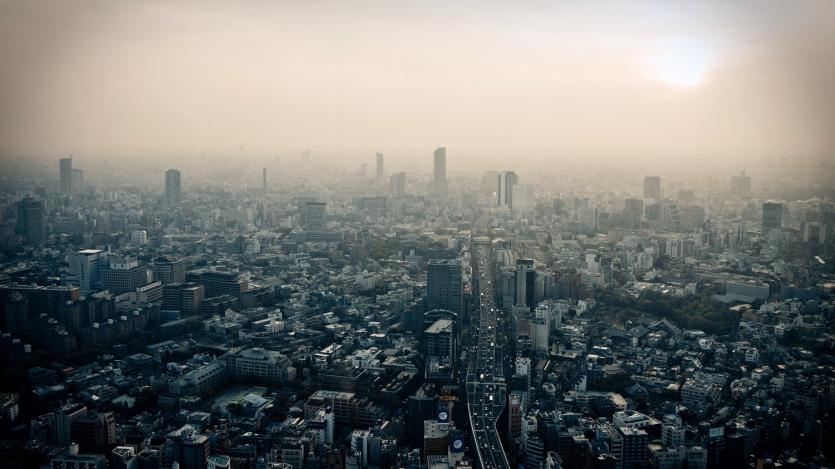Air pollution in Tokio, Japan.
By Patryk Krych | The World Daily | JULY 12th 2021
According to a recent study that analysed the greenhouse gas emission rates of a sampled 167 urban hubs (cities) in the world, only 25 of these hubs had been found to be accountable for over half of the total sampled harmful emissions.
The study, published in the journal ‘Frontiers in Sustainable Cities,’ looked at 167 cities found in 53 countries and how much they all produced in terms of harmful greenhouse gas emissions that are known to perpetuate climate change. Of all these cities, 25 were found to account for 52% of the total emissions.
23 of the cities were in China, and included Shanghai, Beijing and Handan. The other two cities were the Japanese capital of Tokyo, and the Russian capital of Moscow. All the other cities accounted for in the study were from more from China, as well as India, the United States as well as the European Union – as these are known to be the biggest producers of greenhouse gasses.
“It is simple, logical,” said Shaoqing Chen, an environmental scientist at Sun Yat-sen University in the southern Chinese city of Guangzhou and co-author of the study. “If you don't act, eventually you will suffer from (climate change).”
This study is thought to be the first produced global balance sheet of greenhouse gasses emitted by major cities around the world, put together with the intent of researching the effectiveness of global and historical greenhouse gas reduction policies and measures. The featured 167 cities were all at differing reduction stages, to make for a more varied result.
“Breaking down the emissions by sector can inform us what actions should be prioritized to reduce emissions from buildings, transportation, industrial processes and other sources,” Chen added.
Of all the studied countries, 113 of them were noted to have already set down differing types of reduction targets for greenhouse gas emissions, and 40 had committed to achieving net neutrality by a set period.
“Though China is still a developing country, several Chinese cities (such as Yinchuan, Urumqi, and Dalian) had the per capita GHG (greenhouse gas) approaching those of developed countries, which is partially attributed to their rapid urbanization, industrialization, and relatively high reliance on coal energy,” wrote the report.






